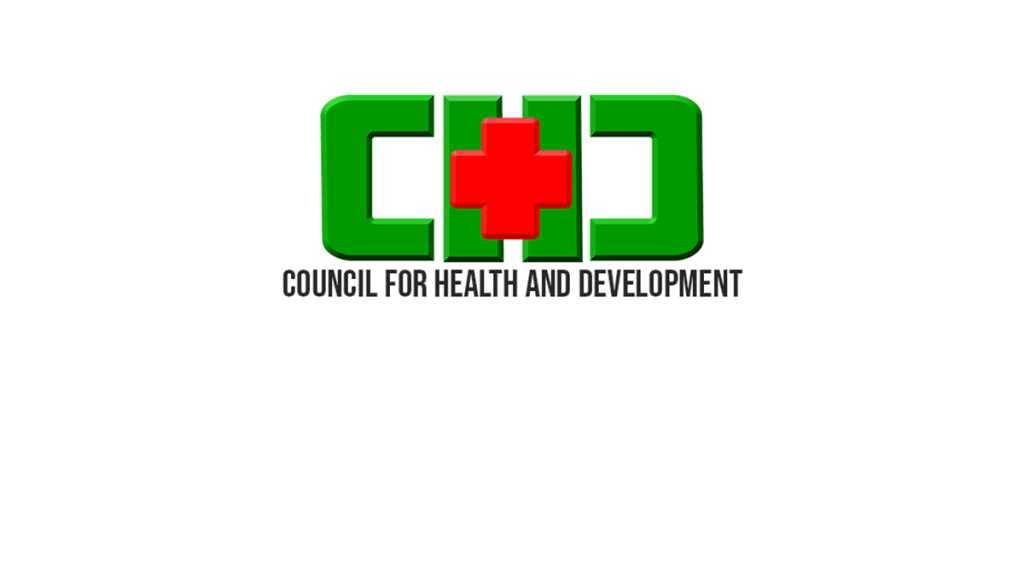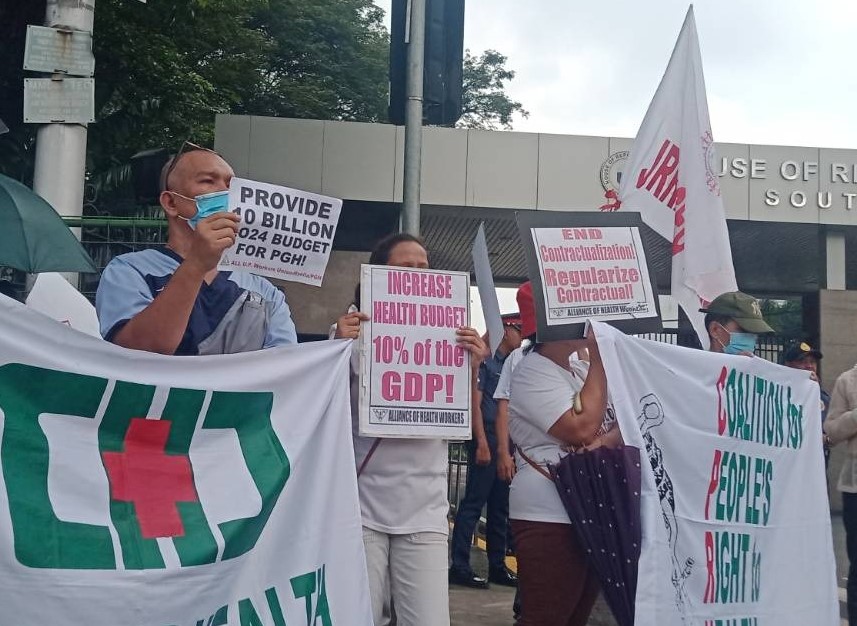The Council for Health and Development, a national organization of community-based health programs in the Philippines, would like to thank the House of Representatives for its acknowledgement of the Constitution’s provision on the people’s right to health. While it is high time to maximize the benefits of technology to make healthcare available and accessible, especially to the most vulnerable sectors of our society, we would like to put forward our concerns regarding House Bill 209 and succeeding legislative proposals for electronic health or eHealth systems in our country.
We believe that any law on health using information and communications technology must be governed by guardrails that protect and promote human rights – including the right to health. The lack of comprehensive safeguards to respect, protect, and fulfill the right to health may undermine the rights of patients, health workers, and vulnerable groups. Without these, existing inequalities will deepen, exacerbate, and increase the risk of our society’s vulnerable groups to various forms of discrimination, criminalization, or even State surveillance.
It is vital to adopt a comprehensive approach in the delivery of health services to ensure that public funds and priorities are not shifted away from the primary and fundamental needs of our public health system, and that innovations in health care do not leave anyone behind.
Expecting all barangay health stations and rural health units to use electronic health record systems and other digital health systems, for instance, risks putting health facilities in low-income areas, particularly those in geographically isolated and disadvantaged areas, at a further disadvantage, as these facilities lack the infrastructure needed to fully implement electronic health systems such as computers, consistent electricity, and stable Internet connections. Doubly so if Universal Health Care implementation is tied to the use of electronic health systems: for instance, PhilHealth claims for rural health units’ primary care benefits/eKonsulta packages, maternal and newborn care packages, TB DOTS packages, and animal bite treatment packages are required to be submitted electronically, through the use of electronic medical records (EMRs) and health information technology providers (HITPs), and can only be submitted within a given time frame; rural health units and birthing facilities that provide these services but have difficulty submitting claims due to lack of Internet connectivity are often left uncompensated.
Multiple electronic medical records (EMR) and electronic health records (EHR) systems have been accredited and adopted by government and private health facilities in recent years, but the benefits of using these have yet to be seen. Ideally, EHR systems should improve clinical documentation and data management, both for individual patient records and aggregated data, and can be used to process data to support decision-making for both individual patients and communities. Real-time data aggregation through EHR systems should allow for more efficient disease surveillance, faster assessment of risk and priority areas, and more timely and accurate public health reporting.
However, no standards for interoperability have yet been established, and patient data collection has to be repeated at each new health facility. The DOH still relies on the use of the Field Health Service Information System (FHSIS) and on the individual digital databases of each vertical program- such as those for TB DOTS, COVID, and emerging and re-emerging diseases- for collecting and analyzing epidemiological data. This lack of integration of HER systems with the workflow processes of the existing health system increases the already-extensive administrative workload of our health workers.
Data privacy likewise remains a point of concern for eHealth systems, especially in view of multiple recent security lapses in both government and private websites and databases. Patient information should be safeguarded and privacy and confidentiality ensured, particularly if sensitive information is to be sent over the Internet or backed up to an external site. Patient and physician concerns should be addressed, and clear guidelines regarding the ownership, use, and transfer of data formulated. Policies on security for both hardware and software are necessary to maintain patient confidentiality and to assuage patient and physician concerns about health information. Legal frameworks regarding accountability for ownership, acquisition, and transfer of patient information should be established in order to prevent sale or misuse of this information.
Towards the realization of the people’s right to health, we urge our lawmakers to protect the people against any form or threat of privatization. We must be vigilant and ensure that making profit out of health should not happen in a public system and our country’s laws, policies, and direction to always be protective against any attempt to interfere in the availability, accessibility, and quality of health-care facilities, goods and services by making health a privilege.
In closing, it is our earnest hope that our government will work towards primary health care by allocating the necessary budget and resources for health infrastructure, human resources, and service delivery, and establish an information and communications technology system within the framework of a free, comprehensive, and progressive public health system.



